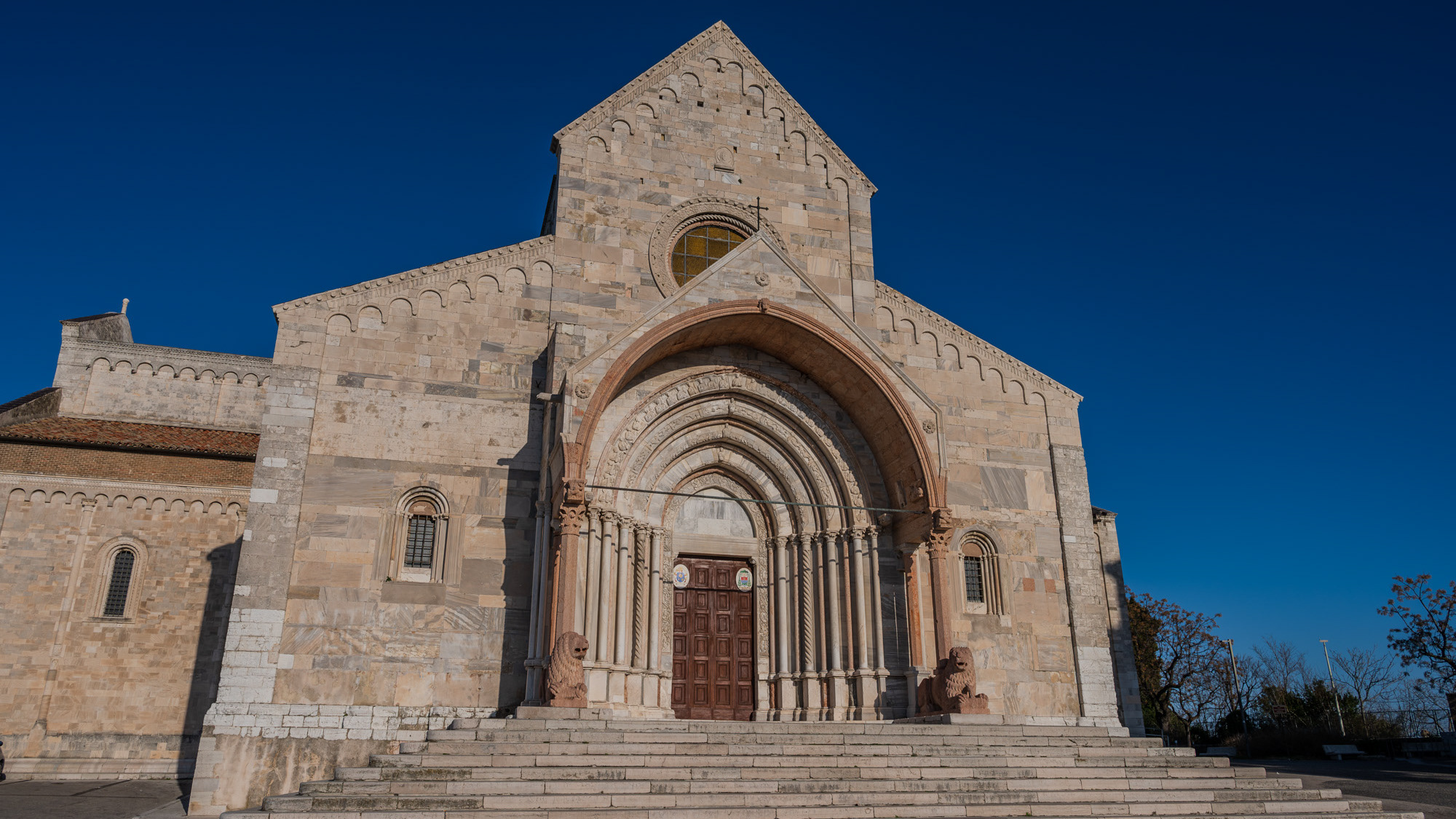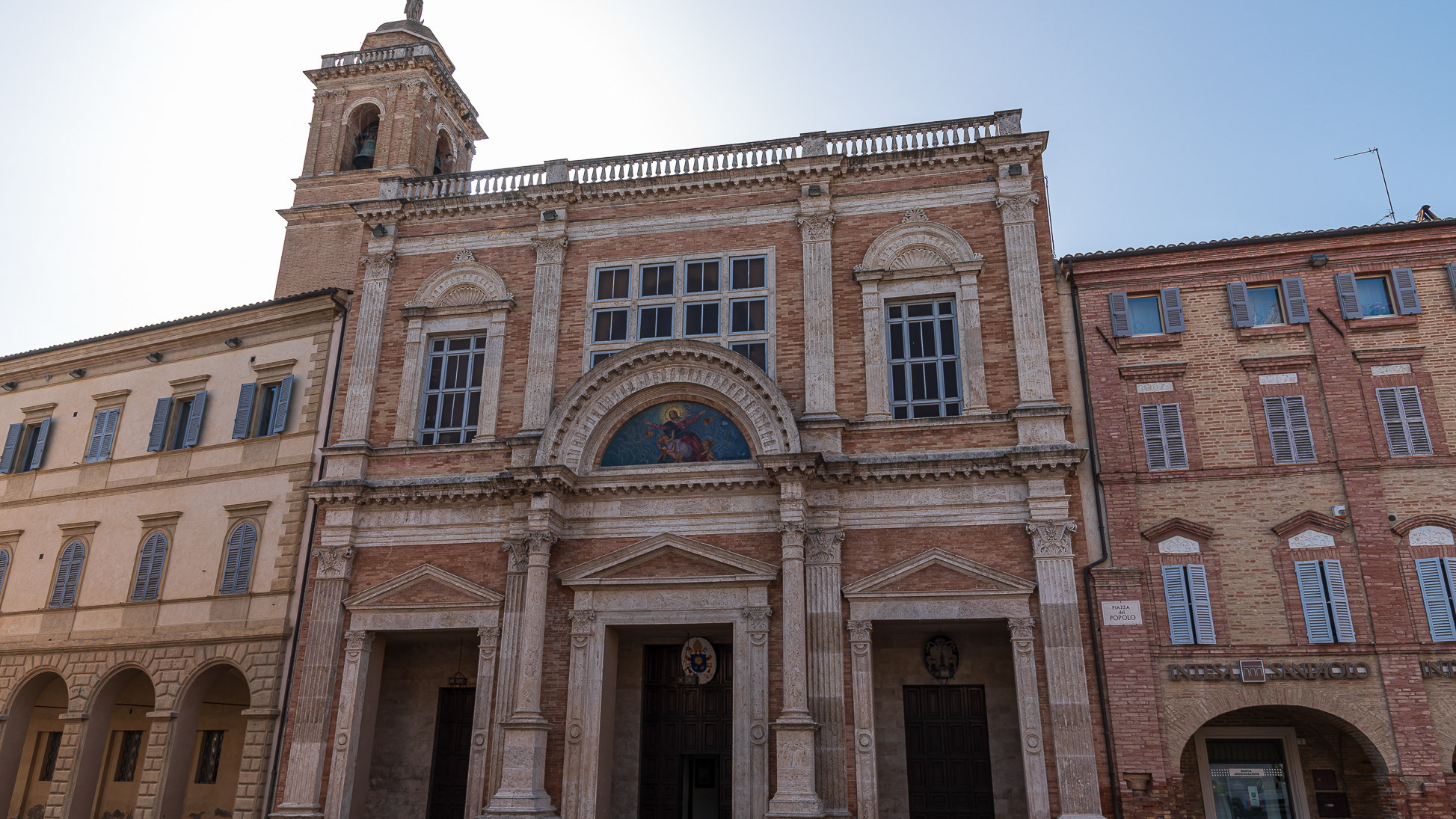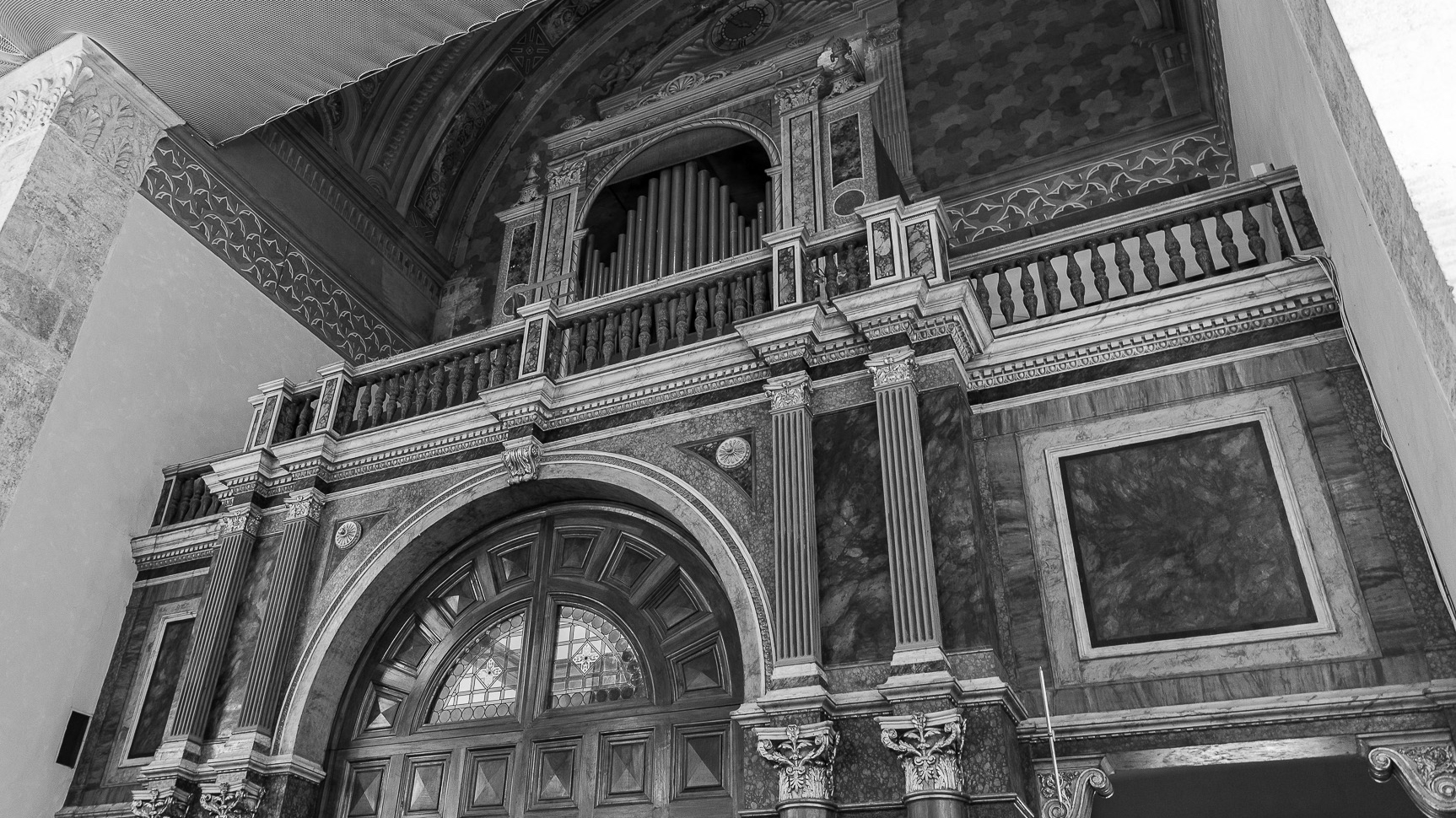Wonderful view of the Marche hills
2022
You may also like

2025
Grottammare. Spectacular glimpses.
It rises on the shores of the Adriatic Sea and is located north of the mouth of the Tesino River. The town extends along the coast to the slopes of the surrounding hills.

2025
Montedinove. Glimpses
Montedinove is an Italian municipality with 442 inhabitants in the province of Ascoli Piceno in the Marche region. The town sits on a hill 561 meters above sea level between the Aso and Tesino valleys, on the slopes of Mount Ascensione. It is part of the Sibillini mountain community. The town, inhabited since the Picene era, welcomed the people of Ascoli seeking refuge from the Lombards in 578. Later, the territory was donated in 1039 by Longinus to the Abbey of Farfa, and it was the people of Farfa who built the fortifications to defend the town. In 1239, the town was besieged by King Enzo but managed to emerge victorious after two years. In 1279, the town became a free municipality, while in 1586, under Pope Sixtus V, it became part of the Presidiato di Montalto. In the following centuries Montedinove followed the fate of the Papal States and Italy.

2024
Ancona. La Cattedrale di San Ciriaco
The cathedral of Ancona is dedicated to San Ciriaco. It is a medieval church in which the Romanesque style blends with the Byzantine one, evident in the plan and in many decorations

2022
Ascoli Piceno. The Cathedral of San Emidio
The city's cathedral, dedicated to the patron saint, stands on the site of a Roman public building, perhaps the Basilica del Foro, and is the result of multiple construction events that substantially range from the 11th to the 16th century. The main facade created by Cola dell'Amatrice opens onto Piazza Arringo, while the two side facades date back to the end of the 15th century. The interior, with three naves divided by polygonal pillars, from the end of the fifteenth century, houses, among the various works, in the central apse a late Gothic wooden choir from the first half of the fifteenth century, a wooden pulpit from around 1660; in the Chapel of the Sacrament the Polyptych of Sant'Emidio by Carlo Crivelli, the imposing decorative cycle by Cesare Mariani, and the crypt of Sant'Emidio, built in the mid-11th century which houses, in a 4th century sarcophagus, the relics of the patron saint of the city.
2022
Montemisio. Sanctuary of the M. della Consolazione.
In a small clearing, at the foot of Mount Ascension, there is the Sanctuary of the Madonna della Consolazione or of Montemisio. The Church was built by the monks of Farfa, built on the ruins of a pagan temple dedicated to the goddess Artemis or Artemisia.
In a small clearing, at the foot of Mount Ascension, there is the Sanctuary of the Madonna della Consolazione or of Montemisio.he church was built by the monks of Farfa, built on the ruins of a pagan temple dedicated to the goddess Artemis or Artemisia. The cult passed first for the veneration of the Virgin of the Belt, then for the Madonna della Tempera (the water needed for the fields). A legend tells that, while the drought threatened the crops, a propitiatory procession was held. The statue of the Madonna had just set off, when the sky darkened and the beneficial rain fell. In the 18th century, after the restoration, the church became a place of worship for the Madonna della Consolazione. Today the sanctuary is the destination of numerous pilgrimages. The traditional festival takes place on August 15th. The chapel has a single nave, a terracotta floor and a travertine altar. In the garden stands a centuries-old oak more than 23 meters high, with a circumference greater than 5 meters.
2025
Genga. The Frasassi Caves
The Frasassi Caves are underground karst caves located in the municipality of Genga, in the province of Ancona, within the Gola della Rossa and Frasassi Regional Natural Park.

2022
Offida. Collegiate Church of S. Maria Assunta
Collegiate Church. Built between 1785 and 1798 by the Ticino architect Pietro Maggi, who substituted and profoundly changed the design by Ascoli Lazzaro Giosafatti; it has a neoclassical Louis XVI interior and a facade built only at the end of the nineteenth century in an eclectic style of brick and travertine. Inside, among other things, there is a thirteenth-century wooden casket with 26 ivory figurines of northern art, a fourteenth-century processional cross, a fifteenth-century reliquary, a sixteenth-century wooden group, a wooden crucifix by Desiderio Bonfini (1612) , paintings of the fourteenth, fifteenth and sixteenth centuries (Crivellesque school and school of Pietro Alemanno). The choir carved with twisted columns and mirrors in Verona briar with two orders of 14 stalls was built by Alessio Donati for the church of Santa Maria della Rocca but was transferred in 1794 to the Collegiate, together with the relics of San Leonardo di Noblac preserved in a urn placed inside the main altar, also in wood. On 12 November 1994 the body of Blessed Corrado da Offida was placed in the third altar on the left, solemnly moved from Perugia, where it had been kept in the now no longer consecrated Church of San Francesco al Prato. The church, despite the distance, was affected by the strong earthquake that occurred in L'Aquila on 6 April 2009: in fact, on the day of the earthquake some pieces of plaster fell off the bell tower.

2023
Ascoli Piceno, Marche. The Cathedral of San Emidio
The city's cathedral, dedicated to the patron saint, stands on the site of a Roman public building, perhaps the Basilica del Foro, and is the result of multiple construction events that substantially range from the 11th to the 16th century. The main facade created by Cola dell'Amatrice opens onto Piazza Arringo, while the two side facades date back to the end of the 15th century. The interior, with three naves divided by polygonal pillars, from the end of the fifteenth century, houses, among the various works, in the central apse a late Gothic wooden choir from the first half of the fifteenth century, a wooden pulpit from around 1660; in the Chapel of the Sacrament the Polyptych of Sant'Emidio by Carlo Crivelli, the imposing decorative cycle by Cesare Mariani, and the crypt of Sant'Emidio, built in the mid-11th century which houses, in a 4th century sarcophagus, the relics of the patron saint of the city.
2022
Offida, Ascoli Piceno. Piazza del Popolo, the Town Hall
Town Hall. Built between the 13th and 14th centuries (central crenellated tower). The façade is preceded by a 7-arched portico with an elegant 14-arched loggia raised in the 15th century. Inside there is a small art gallery with works by Pietro Alamanno and Simone de Magistris from Caldarola. In the municipal historical archive there is, among other things, the mutilated parchment cadastre of the fourteenth century with a good 70 parchments in Gothic characters.
2022
Offida, Ascoli Piceno. Church of S. Maria della Rocca
The church is located on the western edge of the town, surrounded on three sides by cliffs that open onto two valleys. It is a Romanesque-Gothic brick construction, built by Maestro Albertino in 1330 on a pre-existing small Benedictine church. The façade, facing the outside of the town, is articulated by pilasters and on the opposite side there are three high polygonal apses with white stone pilasters, single lancet windows and Gothic arches. On the central apse there is a Romanesque-Gothic portal that leads into the crypt (3 then 5 naves), as wide as the upper church and decorated with frescoes attributed to the Master of Offida. The upper church, with a single hall according to the tradition of the mendicant orders, preserves frescoes of Giotto influence, still attributed to the Master of Offida (those of the transept are dated by an inscription to 1367) and others attributed to Giacomo da Campli (15th century) . Part of the original decorations were also lost due to the deterioration of the roof. In the side altars, erected in different eras, there is the one dedicated to Saint Andrew, from the 15th century, with an altarpiece frescoed on the wall by Vincenzo Pagani. During the advance of the allied troops, between 16 and 18 June 1944 some German soldiers had completely undermined the church so that the rubble was in the way of the allies, but none of the thirty mines exploded and the inhabitants attributed the episode to a miracle of the Virgin. On the left side of the first step of the staircase leading to the church a sheep is represented eating a four-leaf clover; popular belief has it that if you position yourself on it, walking backwards along the staircase, with your eyes closed, your wish will be fulfilled.
